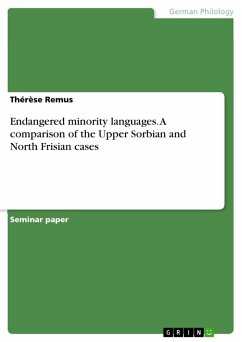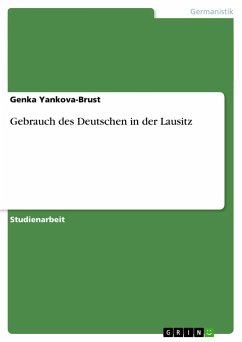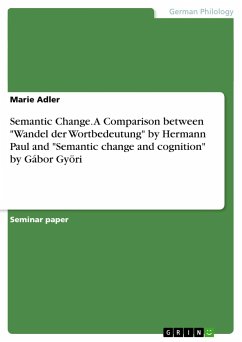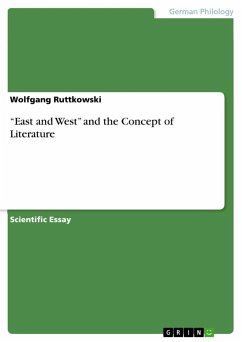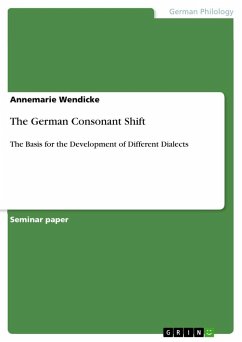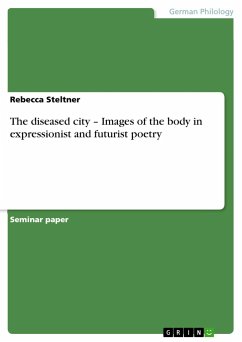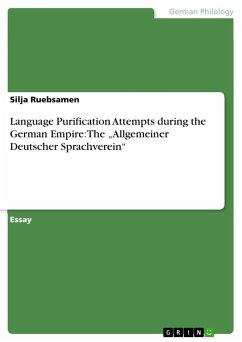Seminar paper from the year 2013 in the subject German Studies - Linguistics, grade: 1,3, Humboldt-University of Berlin (Institut für Anglistik und Amerikanistik), course: Seminar: Multilingualism, language: English, abstract: When I was a child, I spent nearly all summer weekends at a campsite near Bautzen, Kamenz and Hoyerswerda - the central area of Catholic Upper Lusatia. I loved the car drive and was impressed by the bilingual street signs and the many crucifixes by the wayside. Both, the public display of religious symbols and the unknown language carried an air of exoticism which was very appealing to me. I knew from my parents that these villages we passed were Sorbian. What I did not know was that the language is endangered and that the existence of the Sorbian people is unknown to an extensive part of the German population. I took these childhood memories as a starting point for exploring the history of the Sorbian people and their language. Following the example of many other linguists , this paper aims to take a comparative approach and look at the cases of Upper Sorbian and North Frisian as two endangered minority languages in Germany. It will examine the historical context and sociolinguistic aspects to describe how the two languages became endangered. Past and present measures to maintain the languages shall be traced and contemporary perceptions of the Sorbian and the North Frisian people and their culture will be looked at. I consider this reflection particularly important as knowledge about and attitudes towards a minority culture and their speakers influence the public representation of this group. The paper will discuss how the aspect of folklore is one way to raise interest and awareness for a minority people, its language and culture but may affect revitalization efforts negatively. In this regard, the paper will also critically reflect on the role of majority speakers in shaping a stereotyped image of a minority culture and thereby creating and sustaining a difference in status and prestige rather than promoting support.The two cases might be linguistically, geographically and historically very different. However, the fact that both are minority languages in Germany renders an interesting comparison. We will see how political efforts to protect an endangered language can be of differing extent and result in one country. Reasons for the similarities and differences of both minority languages are worth being discussed.

